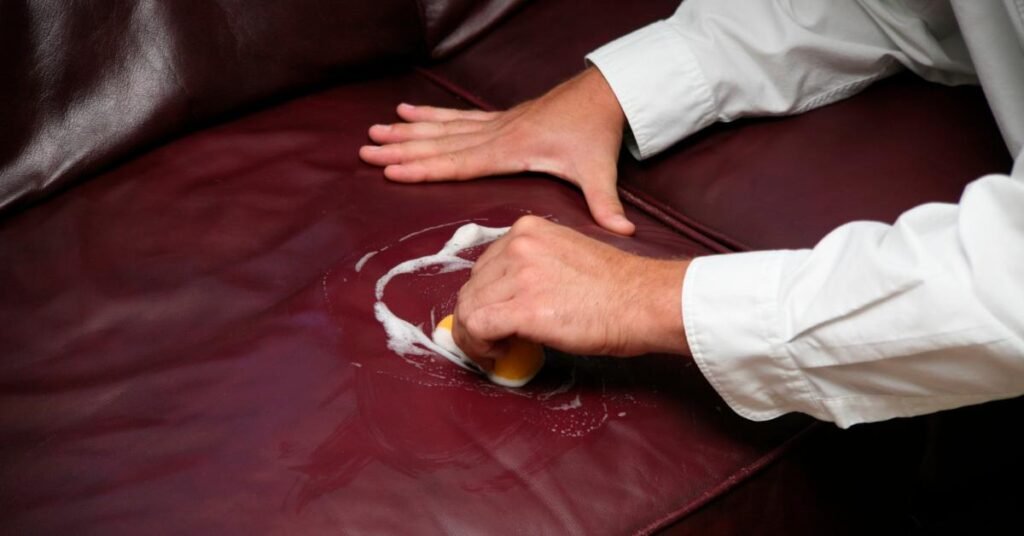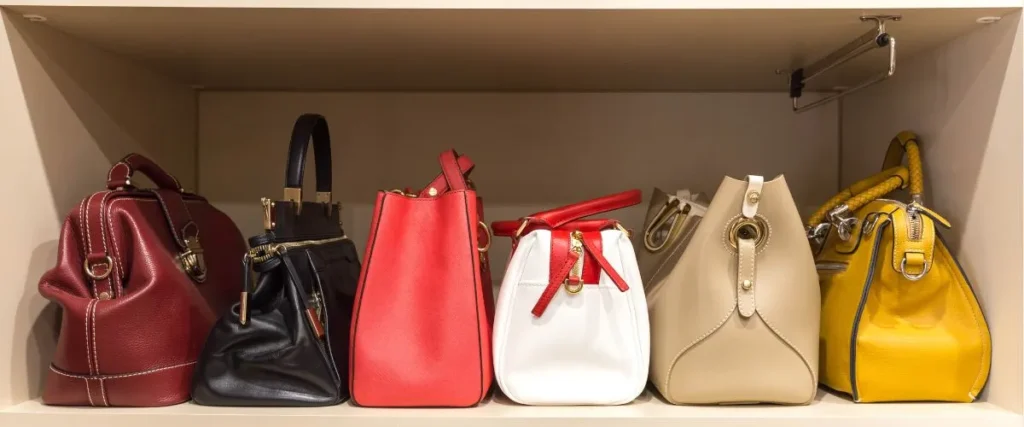Leather wallets are timeless accessories that exude elegance and style. When it comes to choosing the right leather for wallets, it’s essential to understand the different types available and their respective qualities. Let’s delve into the various options to determine which leather is best suited for wallets.
Introduction to Wallet Leather
Leather is a natural material renowned for its durability, flexibility, and aesthetic appeal. It has been used for centuries to craft high-quality wallets that withstand the test of time. However, not all leather is created equal, and understanding the distinctions between various types is crucial for selecting the perfect wallet.
Types of Leather
Genuine Leather
Often misconceived as the highest quality, genuine leather is actually the lowest grade of real leather. It is made from layers of low-quality leather bonded together, resulting in a material that lacks durability and tends to deteriorate quickly.
Full Grain Leather
Considered the pinnacle of leather quality, full grain leather retains the outermost layer of the hide, showcasing the natural grain and imperfections. It is incredibly durable, develops a unique patina over time, and ages beautifully, making it an ideal choice for wallets.
Top Grain Leather
Top grain leather is similar to full grain but undergoes a slight sanding process to remove surface imperfections. While it maintains durability and a natural appearance, it may lack the distinct character of full grain leather.
Split Grain Leather
Derived from the inner layers of the hide, split grain leather is less durable and prone to stretching. It is commonly used in wallet manufacturing due to its affordability, but it may not offer the longevity of full grain or top grain leather.
Characteristics of Ideal Wallet Leather
When choosing leather for wallets, several key characteristics should be considered:
Durability
A high-quality wallet should withstand daily use and retain its shape and integrity over time. Full grain leather excels in durability, making it an excellent choice for long-term investment.
Flexibility
Flexibility is essential for ensuring comfort and functionality in a wallet. Leather that is too stiff may be uncomfortable to carry, while overly soft leather may lose its shape. Top grain leather strikes a balance between flexibility and structure.
Aesthetics
The appearance of the leather plays a significant role in the overall appeal of the wallet. Full grain leather’s natural grain and markings lend a timeless elegance, while top grain leather offers a refined and polished look.
Comparison of Leather Types
Quality
Full grain leather stands out as the highest quality option, boasting unparalleled durability and character. Top grain leather follows closely behind, offering excellent quality with a smoother appearance. Genuine and split grain leather are less desirable due to their lower durability and inferior aesthetics.
Price
Unsurprisingly, the quality of the leather directly impacts the price of the wallet. Full grain leather wallets are typically the most expensive, reflecting their superior craftsmanship and longevity. Top grain leather wallets are moderately priced, offering a balance between quality and affordability. Genuine and split grain leather wallets are more budget-friendly but may require more frequent replacement.
Maintenance
Proper maintenance is essential for preserving the quality and appearance of leather wallets. Regular conditioning and cleaning can help extend the lifespan of the wallet, especially with higher quality leather varieties. Full grain and top grain leather wallets are relatively low maintenance, requiring occasional conditioning to prevent drying and cracking. Genuine and split grain leather wallets may require more frequent care to prevent deterioration.
Conclusion
In conclusion, when choosing the best leather for wallets, full grain leather emerges as the top contender for its unmatched quality, durability, and timeless elegance. While top grain leather offers a more affordable alternative without compromising too much on quality, genuine and split grain leather wallets may fall short in terms of longevity and aesthetics. Investing in a high-quality leather wallet ensures not only a stylish accessory but also a practical and enduring companion for years to come.
FAQs
- What is genuine leather? Genuine leather is a lower grade of real leather made from layers of low-quality leather bonded together.
- Is full grain leather the most durable? Yes, full grain leather is renowned for its exceptional durability and ability to develop a unique patina over time.
- How to maintain leather wallets? Regular conditioning and cleaning with a leather conditioner are essential for preserving the quality and appearance of leather wallets.
- Are there vegan alternatives to leather wallets? Yes, there are various vegan alternatives to leather wallets, such as wallets made from synthetic materials like polyurethane or cork.
- What factors affect the price of leather wallets? The quality of the leather, craftsmanship, brand reputation, and additional features such as hardware and lining can all influence the price of leather wallets.



